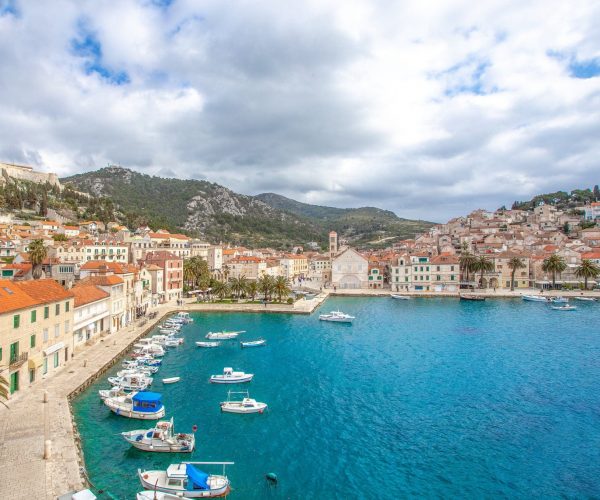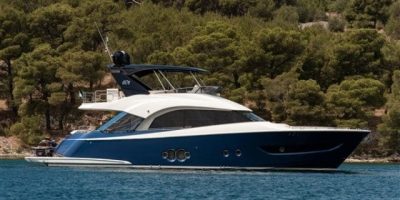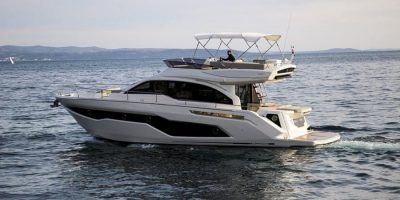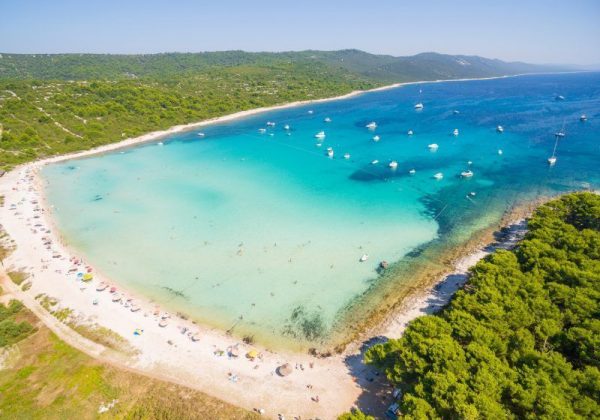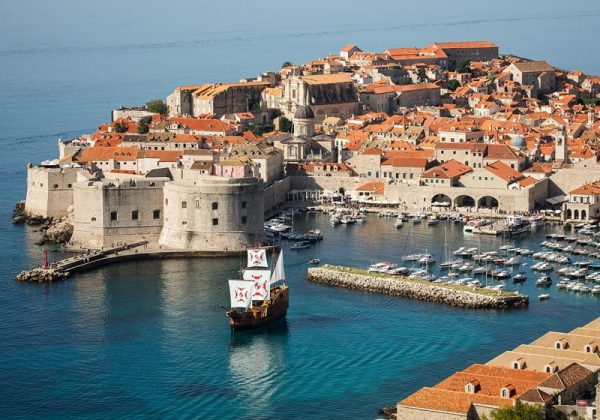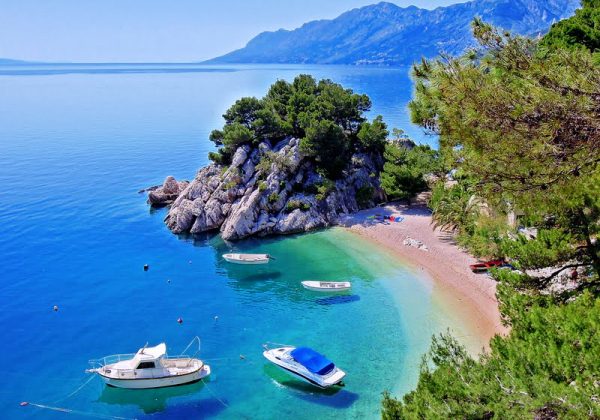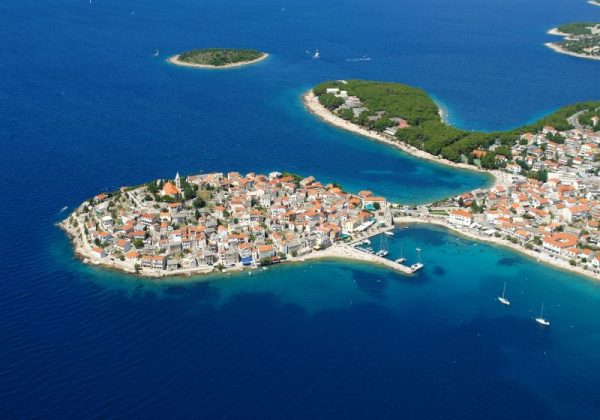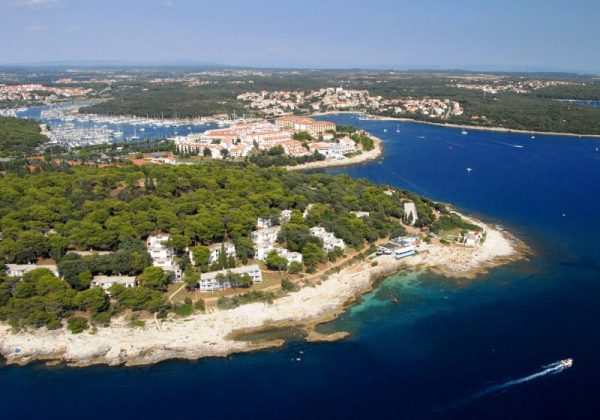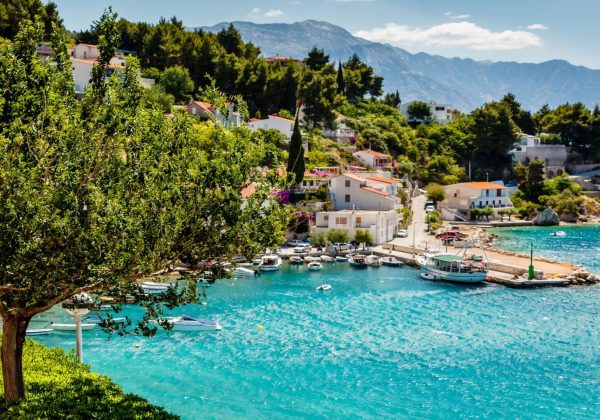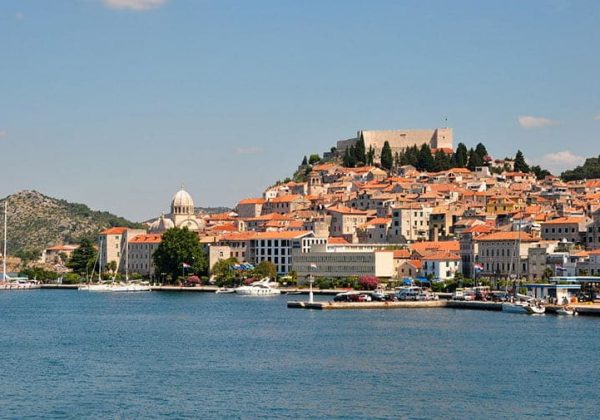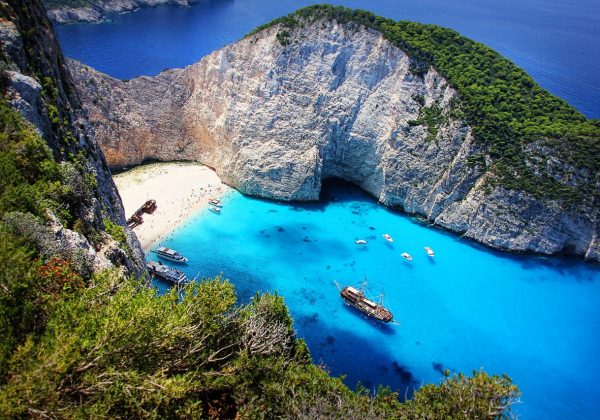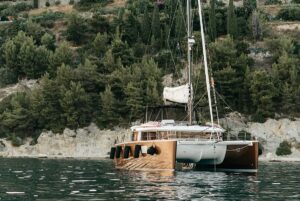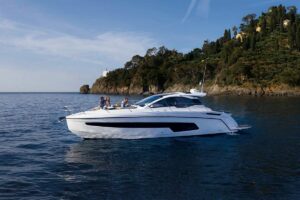Šibenik is a city on the Adriatic coast of Croatia. It’s known as a gateway to the Kornati Islands. The 15th-century stone Cathedral of St. James is decorated with 71 sculpted faces. Nearby, the Šibenik City Museum, in the 14th-century Prince’s Palace, has exhibits ranging from prehistory to the present. The white stone St. Michael’s Fortress has an open-air theater, with views of Šibenik Bay and neighboring islands
Sibenik City Guide
Holding the title of the oldest native Croatian town on the Adriatic coast, Sibenik served as the seat of Croatian kings in the past, including King Petar Kresimir, after whom the city was named. So-called Kresimir’s city, located in the bay where the river Krka meets the Adriatic Sea, counts a population of around 34,000 people, therefore making it the third largest city in Dalmatia. Šibenik is the political, economical and cultural centre of Sibenik-Knin County and the 12th largest city in Croatia. The official language spoken in Sibenik is Croatian and the official currency is the Croatian Kuna (≈€ 0,13). The average annual temperature is 15 °C with the warmest month being July. Thanks to the pleasant Mediterranean climate, the summers are hot and dry, while the winters are mild and humid. With this type of weather, you can effortlessly plan your holiday to Sibenik, one of the most beautiful medieval cities in Croatia.
If you’re planning to pay a visit to Sibenik, our guide below will provide the necessary information for you to efficiently plan your trip.

